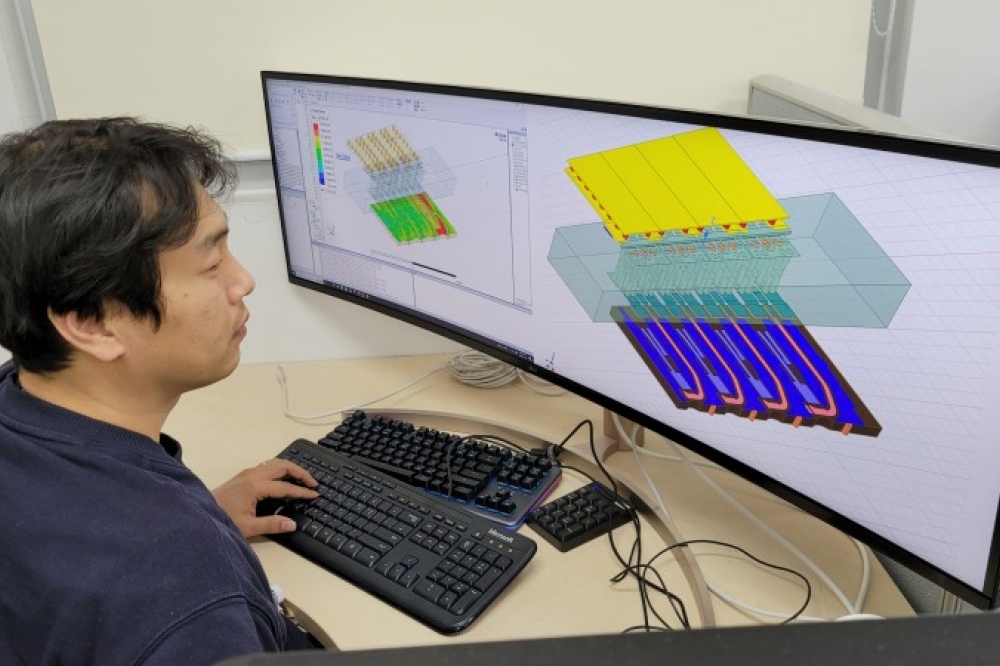ETRI and Eldis commercialise EML light source

EML device can transmit 25 billion bits per second over 30km
Researchers at the Electronics and Telecommunications Research Institute (ETRI) in Korea, and Eldis, a III-V laser diode maker, have commercialised an electro-absorption modulated light source (EML) capable of transmitting 25 billion bits per second over 30km. It works at high temperatures of 55 ℃ as well as at room temperature.
Lee Jong-jin, head of the optical packaging research department at ETRI, said: “I think it is very meaningful that the research team's pilot research successfully led to commercialised product. In this way, we believe that we effectively saved the time and cost and we will continue to cooperate to support it to become the world's best product."
Han Young-tak, head of technology transfer at ETRI said: "In the case of compound optical semiconductors that are very sensitive to process variables, stable foundry operation is the key. We will try to maintain the foundry in best condition to make the researchers produce the best results in the world."
Cho Ho-seong, CEO of Eldis added: "Korean government's policy to promote the domestic materials, component, and equipment industry has been bearing fruit little by little. With the success of localisation of high-value-added light sources such as EML, we need continuous support from government-funded research institutes and the government to reinforce the domestic supply chain and catch up with global market leader.“
Eldis aims to increase the mass production yield of 25 Gbps products first, supply them to domestic and overseas 5G markets, and to release 100 Gbps products in the first half of next year.



































